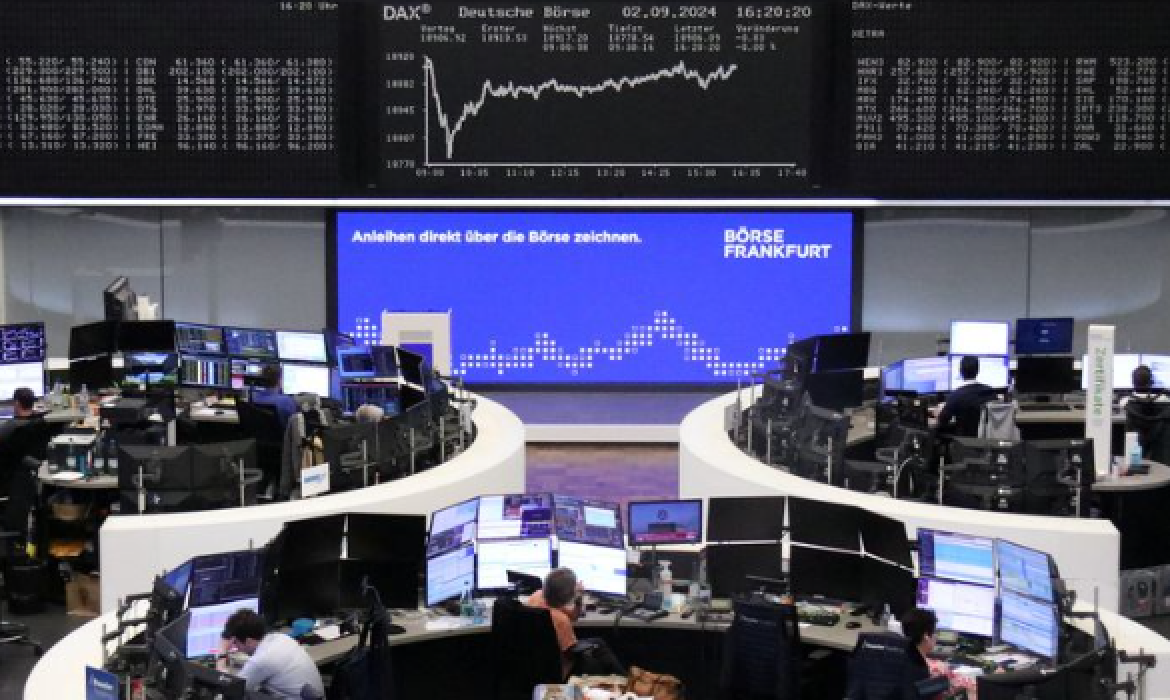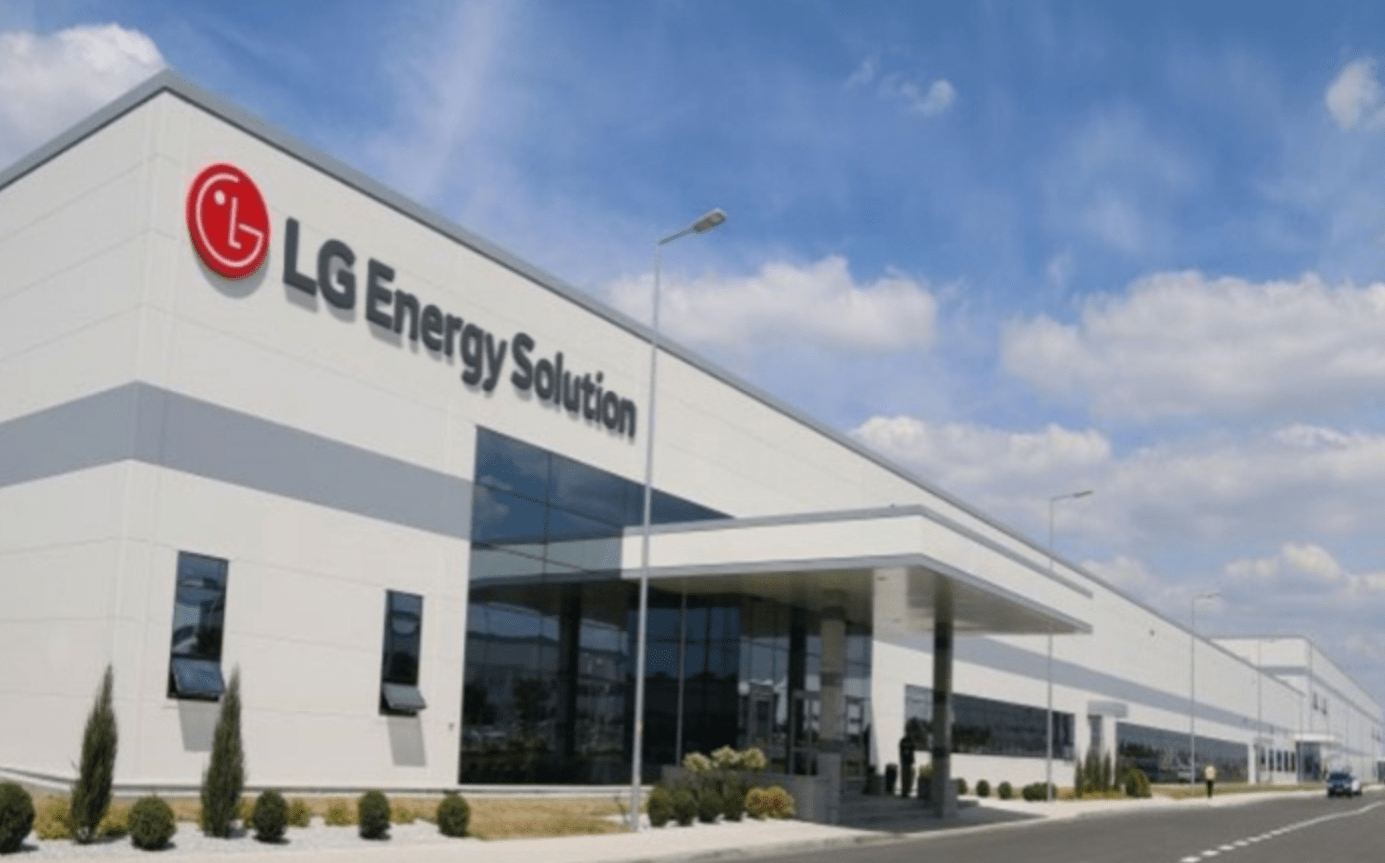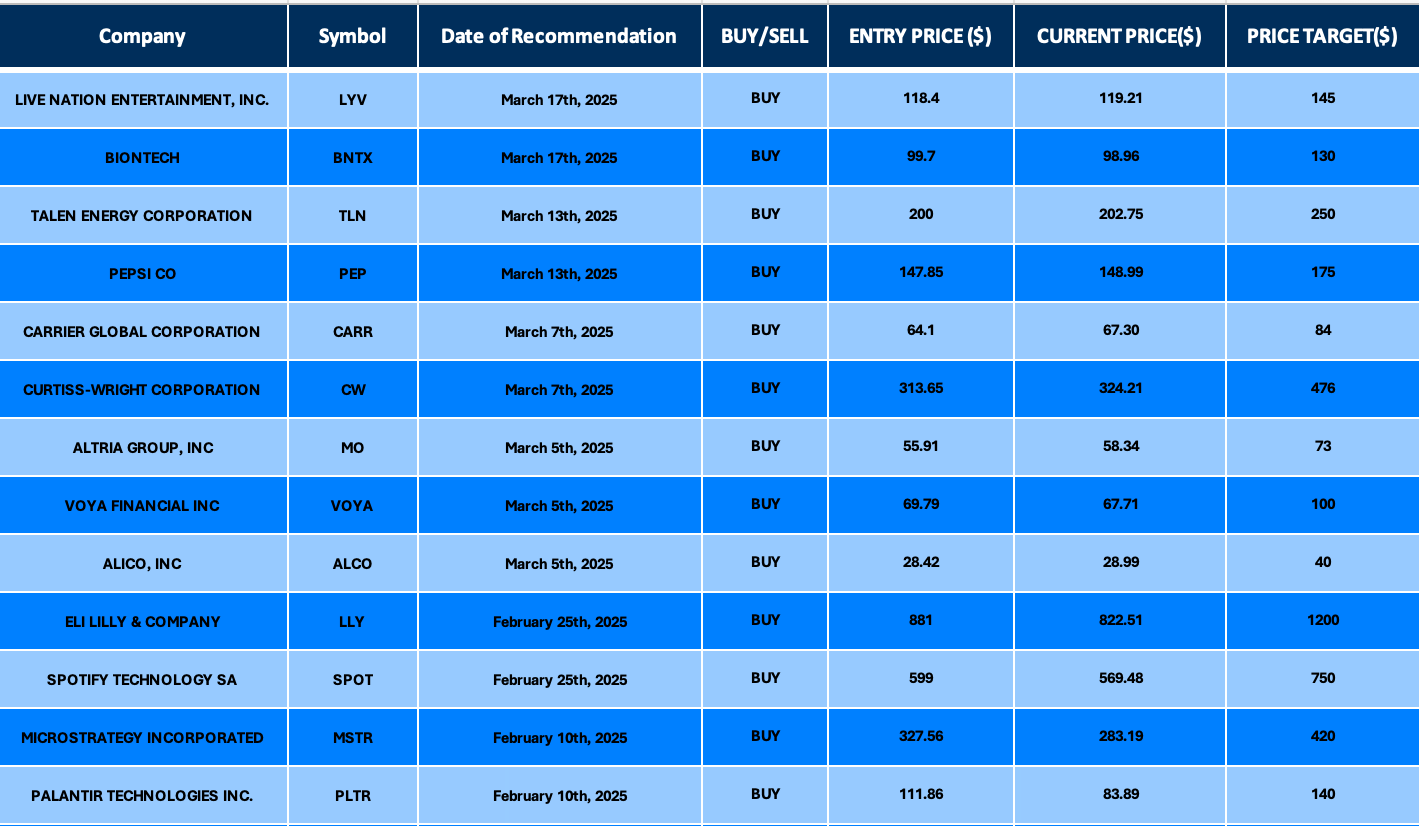
Date Issued – 1st April 2025
Preview
Global markets remain volatile as tariff uncertainties and weakening economic growth weigh on sentiment. Asian markets rebounded Tuesday, led by a 1.8% gain in South Korea’s Kospi, though fears over U.S. “Liberation Day” tariffs loom. European stocks saw their first monthly decline of 2025, with the Stoxx 600 down 3.8% in March amid sharp losses in luxury goods and autos. The S&P 500 ended its worst quarter in three years, dropping 5.75% in March, as Big Tech faltered and recession risks climbed to 35%, according to Goldman Sachs. Meanwhile, LG Energy Solution plans a $2 billion acquisition of a Michigan EV battery plant, signaling confidence in U.S. battery demand despite regulatory uncertainties. Defensive strategies, diversification, and monitoring policy developments remain critical for navigating the challenging environment.
Asian Markets Rebound Amid Wall Street’s Gains, Tariff Fears Loom
Asian stocks climbed on Tuesday, buoyed by Wall Street’s overnight recovery, though uncertainty surrounding the U.S.’s impending “Liberation Day” tariffs kept markets on edge. South Korea’s Kospi led regional gains, up 1.8%, followed by Taiwan’s Taiex, which surged 2.6%. Japan’s Nikkei eked out a 0.1% gain despite worsening business sentiment among manufacturers. Meanwhile, gold prices hit $3,172.80 per ounce as investors sought safety amid inflation and recession concerns. Analysts anticipate President Trump’s reciprocal tariffs could average 15%, with Goldman Sachs raising the probability of a U.S. recession to 35%. U.S. crude oil edged higher to $71.65 per barrel, while the dollar weakened against the yen.
Investment Insight
Volatility in global markets underscores the importance of diversification. Investors should watch for tariff developments, as harsher-than-expected measures could dampen growth and stoke inflation fears. Defensive assets like gold and consumer staples may offer stability, while resilient sectors such as energy and financials could benefit from rising commodity prices and elevated rates. However, cautious positioning remains key as recession risks climb.
Chip Grants at a Crossroads as US Pushes for Bigger Investments
Commerce Secretary Howard Lutnick is raising the stakes for semiconductor companies seeking federal support under the 2022 Chips Act by urging them to significantly expand their U.S. investments. Lutnick’s efforts mirror Taiwan Semiconductor Manufacturing Co.’s (TSMC) recent commitment to $165 billion in U.S. projects. While the Chips Act initially allocated $52 billion in subsidies, Lutnick is leveraging the program to secure tens of billions more in private-sector commitments without increasing federal spending. However, delays in subsidy disbursement and uncertainty surrounding future grants are causing unease among manufacturers like Wolfspeed (WOLF) and Micron (MU). Meanwhile, a proposed expansion of the program’s 25% tax credit could offer broader incentives but requires congressional approval.
Investment Insight
As the U.S. semiconductor policy evolves, investors should monitor companies with significant exposure to Chips Act funding, such as TSMC, Intel (INTC), and Texas Instruments (TXN). Delays in grant payments may pose short-term headwinds, but expanded tax credits could incentivize further domestic investment, creating long-term growth opportunities. The geopolitical emphasis on reshoring chip production underscores the sector’s strategic relevance, making leading-edge manufacturers a compelling long-term play amidst potential market volatility.
S&P 500 Suffers Worst Quarter in 3 Years as Tariff Uncertainty and Weak Growth Persist
The S&P 500 closed its first quarter of 2025 down 5.75% in March, marking its worst three-month performance in three years, driven by mounting risks including President Trump’s looming “Liberation Day” tariffs. Tariff fears have compounded existing challenges such as declining consumer spending, weakening economic growth, and inflationary pressures, leaving investors cautious. Big Tech, once a market leader, has seen a stark pullback, with the “Magnificent Seven” posting their worst collective performance in over two years. Analysts at Goldman Sachs now forecast U.S. economic growth at a mere 0.2% annualized rate for Q1, alongside a 35% chance of a recession within the next year. As consumer and CEO confidence plummet, strategists are bracing for continued choppiness in equity markets and a potential bottom later this summer.
Investment Insight
Investors should approach the current market with caution, prioritizing defensive strategies and high-quality assets. With uncertainty surrounding tariffs and economic growth, sectors such as consumer staples, healthcare, and utilities may offer relative stability. Meanwhile, equity valuations, while off their peaks, remain vulnerable to earnings downgrades amid weakening business and consumer sentiment. For long-term positioning, Big Tech and AI-driven companies could regain footing once macroeconomic conditions stabilize, but near-term risks warrant a wait-and-see approach. Patience and diversification remain key as markets navigate a high-risk environment.
European Markets Slide as US Tariff Threats Rattle Investors
European stock markets suffered their first monthly decline of 2025, with the Stoxx 600 falling 3.8% in March, as investors braced for U.S. President Trump’s “Liberation Day” tariffs. Germany’s DAX dropped 2.38%, while France’s CAC 40 slid 4.09%, weighed down by sharp losses in consumer cyclicals, autos, and healthcare. Luxury brands like LVMH and Hermès tumbled 18% and 12%, respectively, while automakers such as BMW and Stellantis fell 12% and 17%. U.S. tariff plans, including a 25% levy on automobiles and potential duties on medical products and semiconductors, raised fears of a broader economic slowdown. Meanwhile, the euro strengthened 4.25% against the dollar in March, supported by optimism over EU fiscal initiatives, while U.S. Treasury yields remained flat amid recession concerns.
Investment Insight
The escalating U.S.-EU trade tensions warrant caution for investors exposed to European export-heavy sectors like luxury goods, autos, and healthcare. While the euro’s rally signals relative strength in the European economy, higher bond yields and looming tariffs could weigh further on equities. Defensive sectors such as utilities and staples may offer stability in the near term, while opportunities in U.S. Treasuries could appeal to risk-averse investors seeking safe-haven assets amid global volatility. Diversification across geographies and sectors remains critical as trade and inflation risks persist.

LG Energy Solution to Acquire Michigan Battery Venture for $2 Billion
South Korea’s LG Energy Solution announced plans to acquire the Michigan EV battery plant assets of its joint venture with General Motors for $2 billion, with the deal expected to close by May 31, pending due diligence. This move follows GM’s December announcement to exit the plant amid uncertainty surrounding EV tax credits and future battery production under the Trump administration. Despite the shift, LG and GM continue to collaborate on battery ventures in Ohio and Tennessee, while Toyota plans to transfer its battery orders to the Michigan facility.
Investment Insight
The acquisition underscores LG Energy Solution’s commitment to expanding its U.S. battery footprint despite policy uncertainty. For investors, this signals continued growth in EV battery demand, particularly as automakers like Toyota adapt their supply chains. However, GM’s reduced EV ambitions highlight risks tied to shifting regulatory frameworks. Investors should monitor how policy developments and tax incentives impact the broader EV supply chain, as well as opportunities in battery technology innovators.
Market price: LG Energy Solution Ltd (KRX: 373220): KRW 328,000
Conclusion
As global markets face heightened uncertainty, investors are navigating a complex landscape shaped by recession risks, tariff fears, and shifting economic conditions. The U.S. “Liberation Day” tariffs remain a pivotal factor, with potential ripple effects across equities, trade, and consumer sentiment. While defensive assets like gold and utilities offer stability, growth-oriented sectors face near-term headwinds. Corporate actions, such as LG Energy Solution’s strategic acquisition, highlight opportunities in resilient industries like EV batteries. Diversification and cautious positioning are essential as markets remain volatile. Staying attuned to policy shifts and macroeconomic developments will be key to identifying long-term investment opportunities.
Upcoming Dates to Watch
- April 1st, 2025: S&P Manufacturing PMI, ISM Manufacturing PMI
- April 3rd, 2025: Initial Jobless Claims, US Trade Deficit
- April 4th, 2025: US Employment Report, Fed Chair Jerome Powell to Speak
Find below some of our Buy/Sell Recommendations. Balfour Capital Group is a distinguished global boutique investment management firm with $350 million AUM and over 1000 Clients.

Disclaimer: This post provides financial insights for informational purposes only. It does not constitute financial advice or recommendations for investment decisions.




